How to Maximize Your Gains with a Smith Machine with Cables for Effective Resistance Training
In the realm of resistance training, the smith machine with cables has emerged as a potent tool for athletes and fitness enthusiasts alike. According to a study by the American Council on Exercise, incorporating cable systems into strength training can enhance muscle engagement by 30% compared to traditional free weights, leading to greater overall gains.
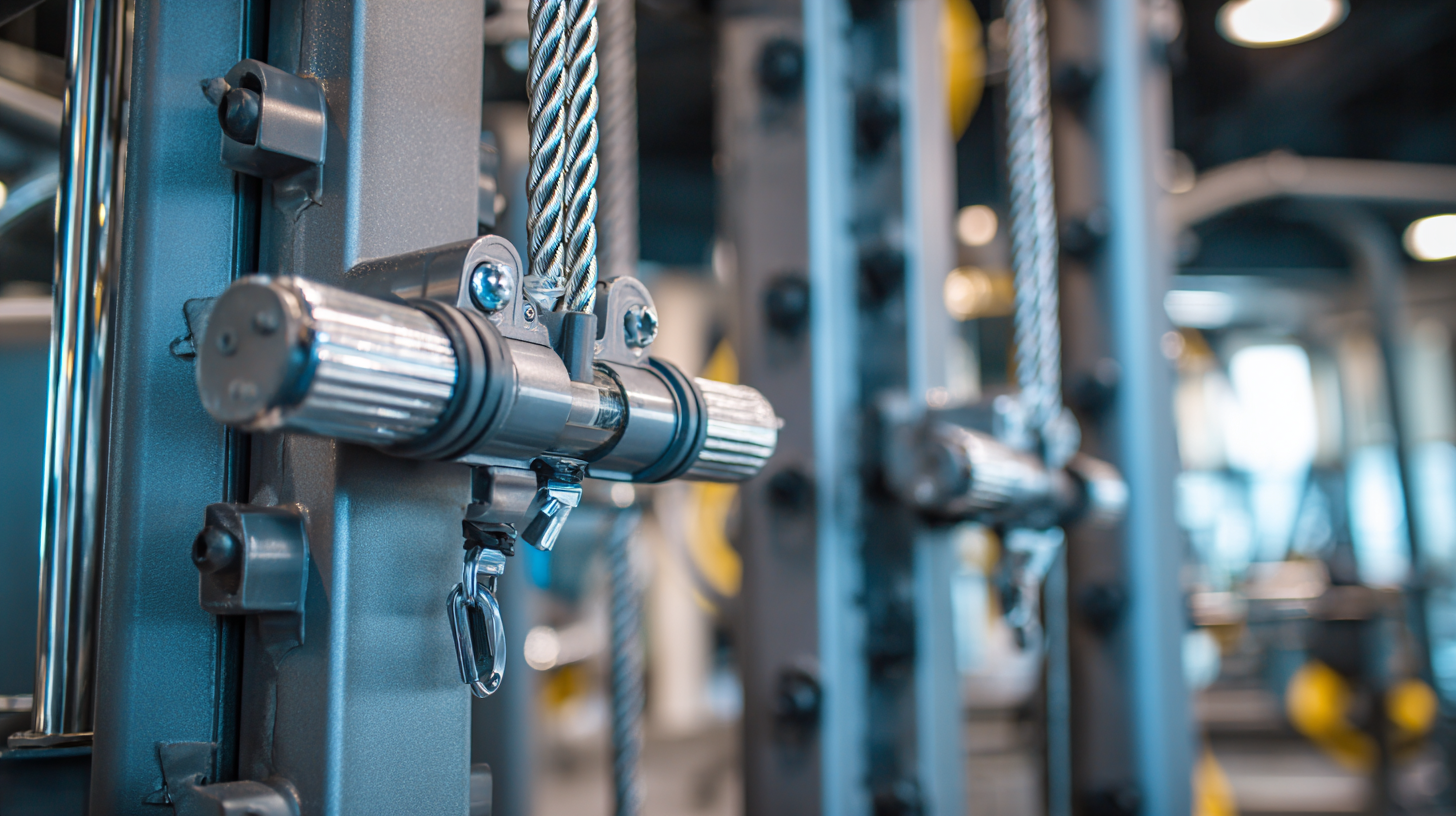
Moreover, recent industry reports indicate that 68% of gym-goers prefer machines that offer guided assistance, such as the smith machine with cables, as it reduces the risk of injury while allowing for varied movements. This versatile apparatus not only supports effective isolation of muscle groups but also facilitates progressive overload—an essential principle for maximizing strength and hypertrophy.
By mastering the use of the smith machine with cables, individuals can unlock new levels of performance and achieve their fitness goals more efficiently.
Strategies for Setting Up Your Smith Machine with Cables for Optimal Performance
Setting up your Smith Machine with cables correctly is crucial for achieving optimal performance in resistance training. According to a report from the National Strength and Conditioning Association, proper alignment of cables and barbell height can significantly enhance muscle activation. For instance, ensuring the cable attachment is adjusted to the mid-range of your movement allows for better force application and can target muscle groups more effectively, promoting growth and strength gains.
Utilizing the Smith Machine along with cables also offers a unique advantage in stabilizing your movements. Research indicated that incorporating cables can result in a 20% increase in muscle engagement compared to traditional setups without cables, particularly during compound lifts. To maximize this benefit, users should focus on adjusting the weight and resistance levels to suit their training needs. This tailored approach not only improves workout efficiency but also reduces the risk of injury, as the machine provides additional support while encouraging optimal form.
Essential Exercises to Target Major Muscle Groups Using Smith Machine Cables
Using a Smith machine with cables is an excellent way to target and maximize gains across major muscle groups effectively. Research shows that compound movements, which can be performed on cable systems, engage multiple muscle groups, allowing for better overall strength development. For instance, movements like cable squats and lunges are renowned for their ability to target the quadriceps, hamstrings, and glutes, leading to comprehensive leg strengthening. Incorporating these exercises into leg day routines can enhance muscle symmetry and stability, crucial for injury prevention.
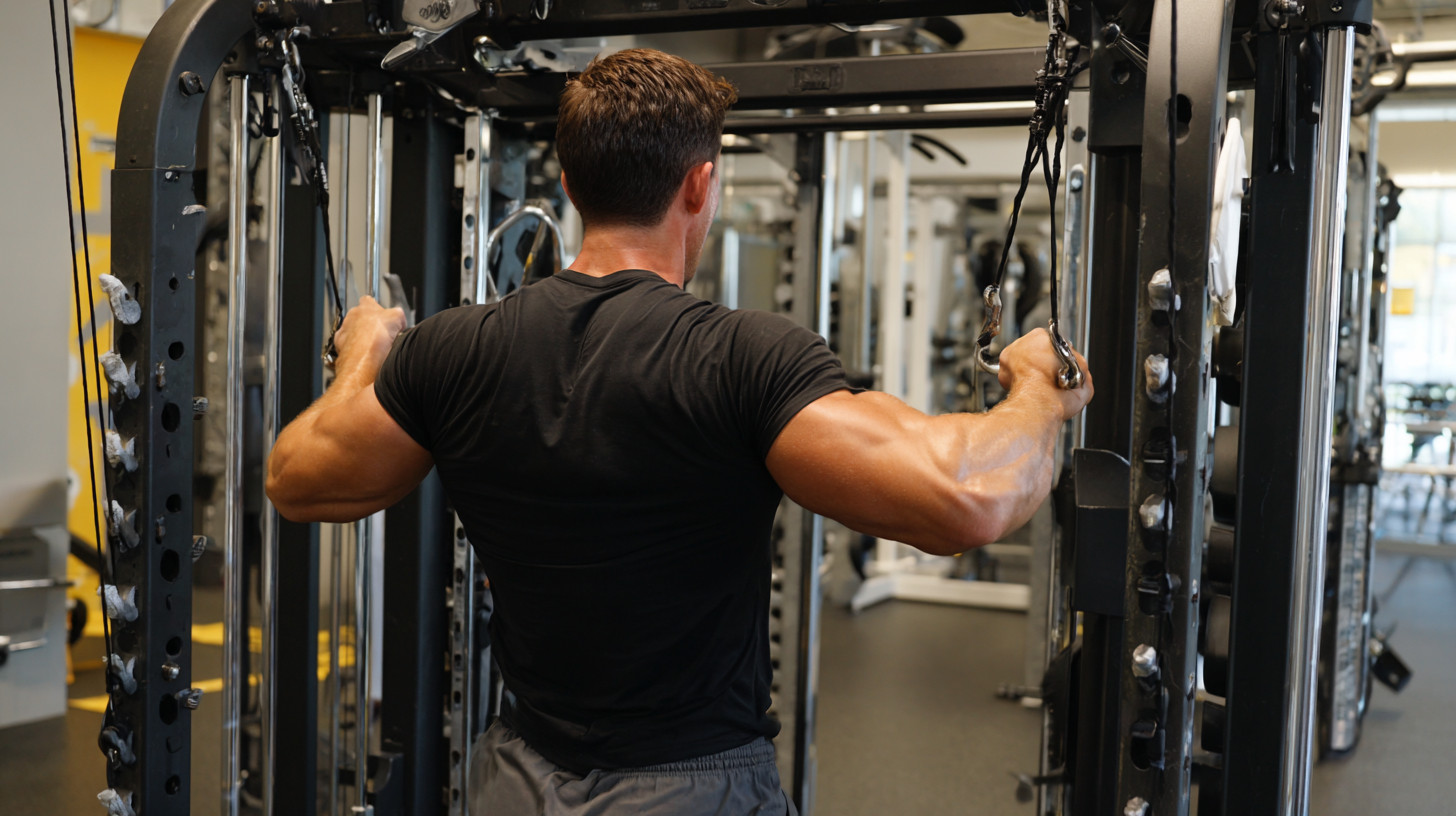
Moreover, cables offer unique advantages in terms of resistance and control. A recent article highlighted that cable exercises can activate stabilizing muscles more effectively than traditional free weights. For example, during cable rows, the dynamic resistance allows for better engagement of the upper back muscles, which contributes to improved posture and functional strength. Fitness experts recommend combining these cable-focused routines with traditional exercises for optimal results. By strategically integrating Smith machine cable workouts into your regimen, you can ensure balanced development and boost your overall athletic performance.
The Importance of Progressive Overload in Resistance Training with Smith Machines
Progressive overload is a fundamental principle in resistance training, crucial for maximizing gains and achieving desired fitness outcomes. According to a report by the American College of Sports Medicine, incorporating progressive overload can lead to significant improvements in muscle strength and endurance. By gradually increasing the weight, repetitions, or intensity of your workouts, you challenge your muscles, prompting them to adapt and grow stronger. This method is particularly effective when using a Smith machine with cables, as it provides a controlled environment that allows for precise adjustments to resistance levels.
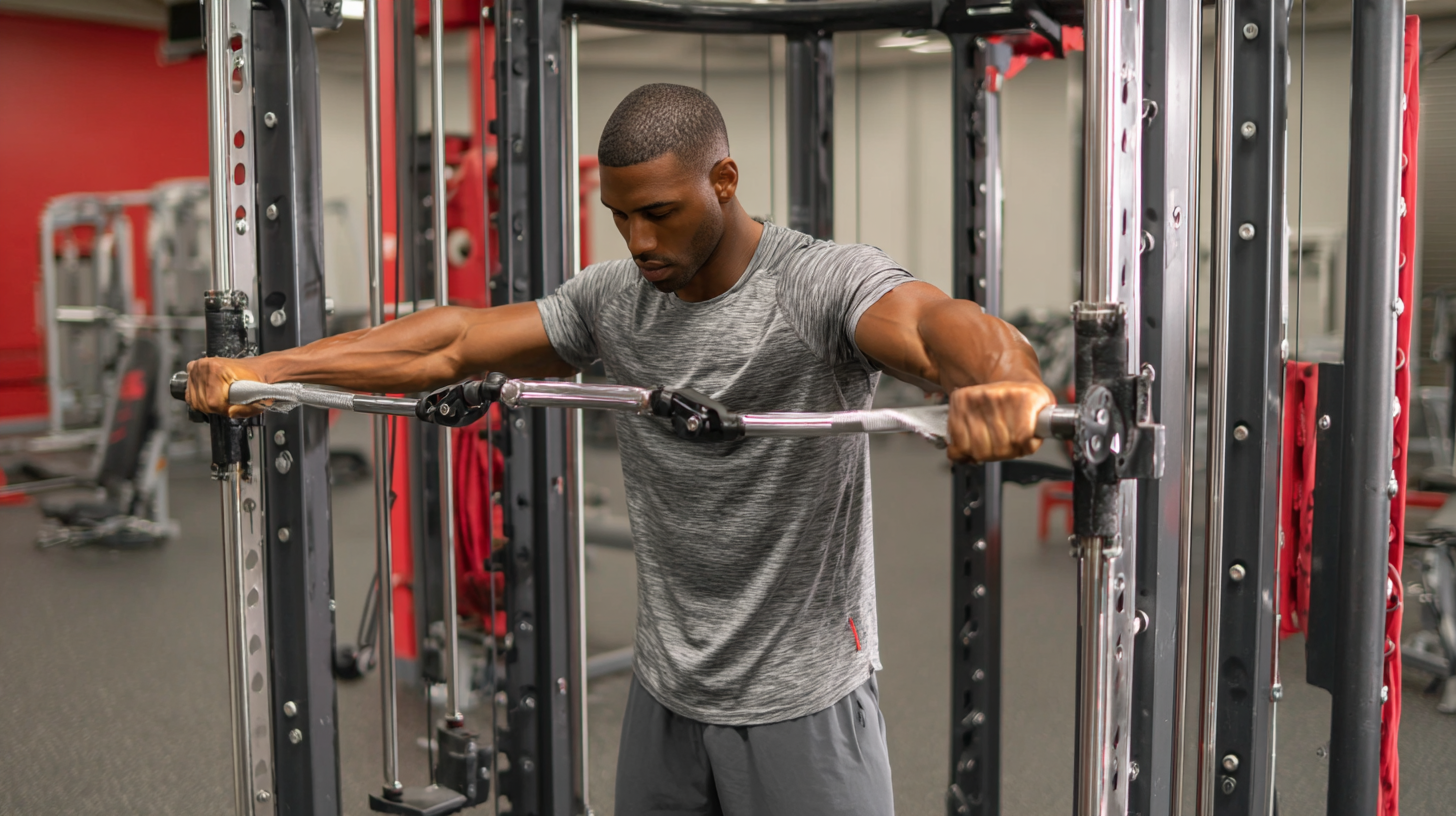
Research indicates that a structured approach to progressive overload can enhance muscle hypertrophy. A study published in the Journal of Strength and Conditioning Research found that participants who employed progressive overload experienced a 20% greater increase in muscle size over 12 weeks compared to those who maintained the same intensity throughout their regimen. Utilizing a Smith machine with cables facilitates this process, as users can easily modify their resistance without compromising form or safety. By strategically planning your workouts to include incremental increases, you harness the full potential of resistance training and make significant strides toward your fitness goals.
Safety Tips and Best Practices for Effective Use of Smith Machine Cables
When using a Smith machine with cables for resistance training, safety should always be your top priority. First and foremost, ensure that you are familiar with how the equipment operates. Before starting your workout, make any necessary adjustments to the cables and weights, and double-check that everything is securely in place. It’s crucial to maintain a stable posture and proper form throughout your exercises to prevent injuries. Always perform a few warm-up sets with lighter weights to allow your body to acclimate.
Additionally, consider the use of collars to secure weights on the Smith machine. This will prevent any unexpected movements or drops that could lead to accidents. When exercising alone, always use a spotter or safety features on the machine to assist with heavy lifts. After completing your sets, gradually lower the weights and make sure to tidy up the area around the Smith machine to avoid any hazards for yourself or others. By following these best practices, you can optimize your training while minimizing the risk of injury.
How to Maximize Your Gains with a Smith Machine with Cables for Effective Resistance Training
| Exercise | Target Muscles | Safety Tips | Best Practices |
|---|---|---|---|
| Squat | Quadriceps, Glutes, Hamstrings | Keep feet shoulder-width apart, ensure knees don't go past toes | Use light weights to master form before increasing resistance |
| Bench Press | Pectorals, Triceps, Shoulders | Ensure the bar path is stable; use a spotter if necessary | Adjust the bench angle for different muscle emphasis |
| Deadlift | Back, Hamstrings, Core | Maintain a neutral spine; avoid rounding your back | Focus on engaging your core to protect your lower back |
| Overhead Press | Shoulders, Triceps, Core | Stand with feet firmly planted; do not arch your back | Start with low weight, progress gradually to maintain form |
| Cable Row | Back, Biceps, Shoulders | Use controlled movements; avoid jerking the cable | Focus on squeezing shoulder blades together at the peak |
Comparative Benefits of Smith Machine Cables vs. Free Weights for Muscle Growth
When comparing Smith machine cables to free weights for muscle growth, it's essential to consider the unique advantages each method offers. Smith machines are advantageous for isolating specific muscle groups due to their fixed path of movement. This is particularly beneficial for those who may be lifting heavier weights or trying new exercises, as the guided structure can enhance stability and control. By engaging in resistance training with the cables of a Smith machine, users can achieve a full range of motion, stimulating muscle fibers more effectively and potentially leading to greater hypertrophy.
On the other hand, free weights encourage the use of stabilizing muscles, resulting in a more comprehensive workout. This dynamic nature of free-weight exercises trains the body's coordination and balance, which contributes to functional strength. While free weights can be less intimidating for experienced lifters, the combination of both training modalities—using Smith machines for certain workouts while also incorporating free weights—can create a well-rounded resistance training regimen. Ultimately, mixing these techniques can optimize gains and address muscle growth more holistically.
Related Posts
-

The Comprehensive Ultimate Guide to Understanding Electrical Cable Selection and Installation
-

What is the Importance of Using Outdoor Extension Cords for Your Projects
-
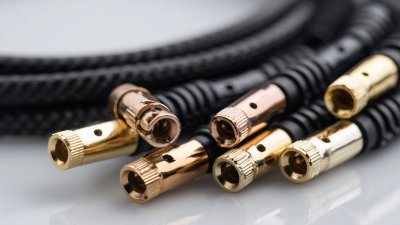
How to Choose the Best Waterproof Wire Connectors for Your Projects
-

10 Compelling Reasons Why Cable Wire is Essential for Your Global Sourcing Needs
-
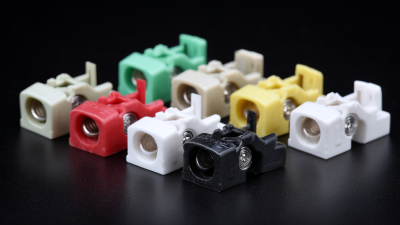
Top Quality Electrical Wire Connectors From a Leading Chinese Manufacturer for Global Export
-

7 Benefits of Using Flat Plug Extension Cords for Home and Office Efficiency